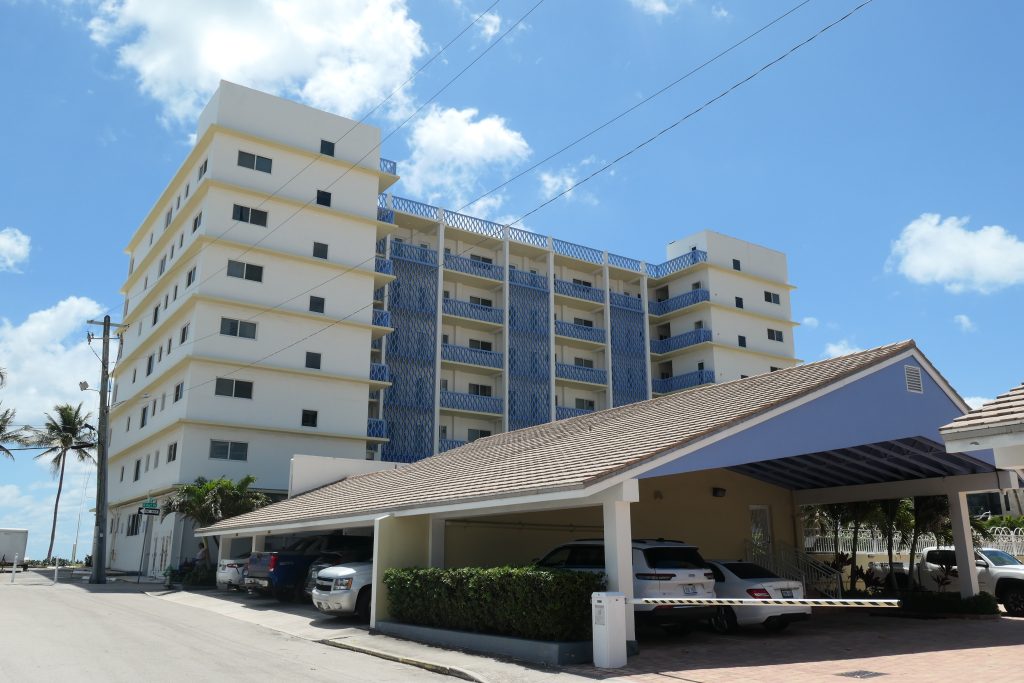
This Florida condo building is an example of a structure that requires a Structural Integrity Reserve Study (SIRS) under the 2025 state mandate for buildings three stories or higher.
Starting in 2025, many Florida condo associations must complete a Structural Integrity Reserve Study (SIRS) to stay compliant with state law. These studies are required for most buildings three stories or higher and are not simply expanded reserve studies – they follow specific rules and must focus on structural and life-safety components.
Here’s what you need to know.
What is a SIRS?
A SIRS is a type of reserve study that evaluates only the components related to structural integrity or safety. Unlike traditional reserve studies, a SIRS must follow a checklist outlined in Florida Statutes §718.112(2)(g).
Key requirements:
-
Applies to buildings three or more habitable stories
-
Must be completed at least every 10 years
-
First study is due by December 31, 2025
-
Must be conducted by a licensed engineer, architect, reserve specialist or professional reserve analyst
What Components Must Be Included?
Florida law identifies eight categories that must be evaluated in a SIRS. Each should be visually inspected, and assigned a remaining useful life (if applicable), and have a funded replacement cost:
-
Roof
-
Includes membranes, coatings, drainage, flashing
-
Must assess deterioration and estimated life
-
-
Structure / Load-Bearing Elements
-
Foundations, slabs, masonry, concrete, steel, beams
-
Focus is on what keeps the building standing
-
-
Fire Protection Systems
-
Sprinklers, standpipes, fire alarms
-
Includes mechanical and plumbing components
-
-
Plumbing Systems
-
Main water lines, sanitary lines, vertical risers
-
Excludes interior unit plumbing
-
-
Electrical Systems
-
Switchgear, main distribution panels, risers
-
Covers service infrastructure, not individual units
-
-
Waterproofing & Exterior Paint
-
Includes any paint or coating that protects from water intrusion
-
Failing paint often signals deeper envelope issues
-
-
Windows & Exterior Doors
-
Only if maintained by the association
-
Focus on wind/water intrusion and envelope integrity
-
-
Other Critical Components
-
Discretionary catch-all for elements with structural or safety relevance
-
Examples: balconies, retaining walls, catwalks
-
What the Final SIRS Report Must Contain
To meet legal standards, the report must include:
-
A visual inspection
-
Remaining Useful Life (RUL) estimates for each required component
-
Replacement cost estimates
-
A baseline funding plan that prevents the reserve balance from dropping below zero
-
Clear separation between required and non-required components
Who Must Comply, and By When?
-
Who: Condo buildings with three or more habitable stories
-
Deadline: December 31, 2025
-
Statutes:
-
§718.112(2)(g): SIRS requirements
-
§718.103(26): Defines required elements
-
§718.301: Developer obligations during turnover
-
What to Do Now
-
Confirm if your building meets the three-story threshold
-
Check your governing docs to see if windows/doors are your responsibility
-
Schedule a SIRS with a qualified engineer
-
Don’t skip components – incomplete studies may not comply
A properly completed SIRS isn’t just a legal checkbox – it’s key to long-term structural safety and financial planning.
